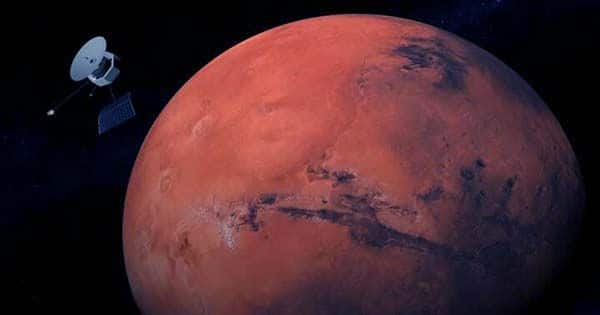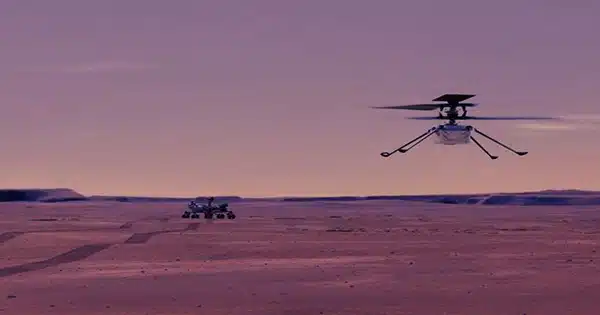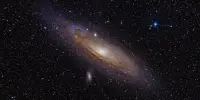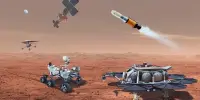NASA’s Ingenuity Mars chopper completed its final mission across the dry plains of Jezero Crater. Ingenuity, the first flying vehicle on another planet, spent nearly 1,000 days on Mars doing test flights and assisting its rover companion Perseverance in navigating the Martian landscape, which was 33 times longer than NASA had originally expected. It was designed for five flights. Finally, it flew 72 times, exceeding even the mission team’s targets for speed and altitude.
“The historic journey of Ingenuity, the first aircraft on another planet, has come to an end,” NASA Administrator Bill Nelson announced in a statement. “That incredible helicopter went higher and farther than we ever anticipated, allowing NASA to accomplish what it does best: make the unthinkable possible. NASA is building the path for future flight in our solar system as well as smarter, safer human exploration to Mars and beyond with missions like Ingenuity.

On January 18, during its 72nd flight to establish its position, Ingenuity hovered 12 meters (40 feet) over the earth for a few seconds before descending. And then calamity hit. At around 3 meters height, Ingenuity lost touch with the rover. Once communications were restored and photographs received, it became evident that this was the helicopter’s final flight. One of its rotor blades was damaged, preventing any further flights. The specific cause of the damage has yet to be determined.
The mission represents a glowing legacy for those who planned, built, and navigated the helicopter while it was on Mars. Beyond autonomous landing, Ingenuity was tested on each subsequent voyage, executing three emergency landings, cleaning itself after dust storms, and surviving the Martian winter. These final two are the top killers of robots on Mars
“At NASA JPL, innovation is at the heart of what we do,” said Laurie Leshin, director of NASA’s Jet Propulsion Laboratory. “Ingenuity is an example of how we push the limits of what is possible every day. I am proud of our team for this significant technological breakthrough and excited to see what they will produce next.”
Ingenuity flew for more than two hours, covering approximately 17 kilometers (11 miles). It helped Perseverance by exploring the area ahead of the rover for interesting rocks and outcrops. The highest point it reached was 24 meters (79 ft). Ingenuity’s original purpose was for it to fly at a height of 3-5 meters (10-16 feet) for no more than 90 seconds every flight.
The Ingenuity team will run final checks on the helicopter’s systems and download all data and photographs from the onboard computer. Perseverance is too far away to photograph Ingenuity, so the latter will be turned off quietly. But it created history by demonstrating that controlled flight on another planet was conceivable, paving the path for the next generation of flying vehicles on Mars.
“It’s humbling that Ingenuity not only carries a swatch from the original Wright Flyer but that this helicopter followed in its footsteps and demonstrated flight is possible on another planet,” said Teddy Tzanetos, Ingenuity’s project manager. “The Mars helicopter would never have flown once, let alone 72 times, if not for the passion and dedication of the Ingenuity and Perseverance teams.” History’s first Mars helicopter will have an everlasting effect on the future of space travel, inspiring fleets of aircraft on Mars and other planets for decades to come.
Its name could not have been more fitting; Ingenuity is a true tribute to the remarkable things humans can accomplish when they choose to.














